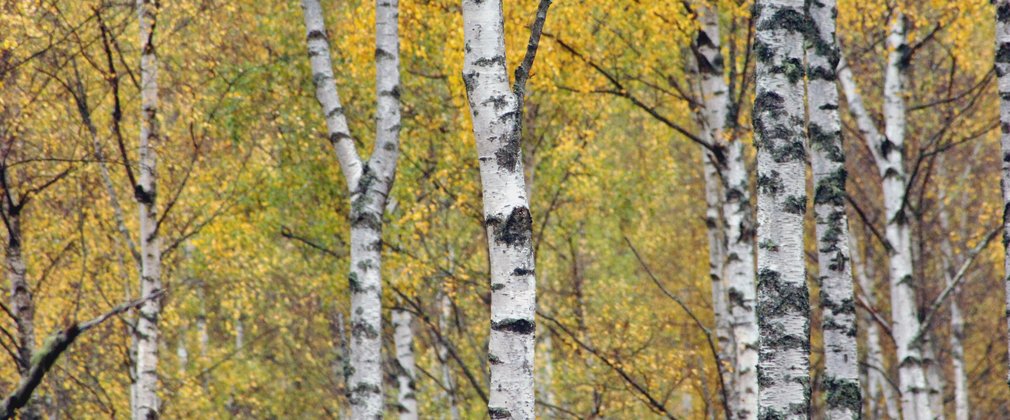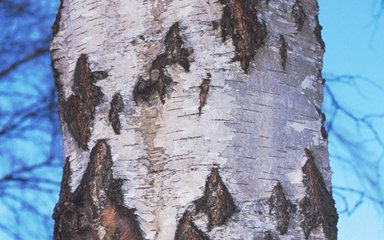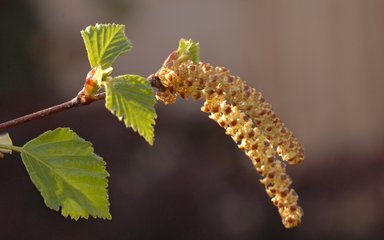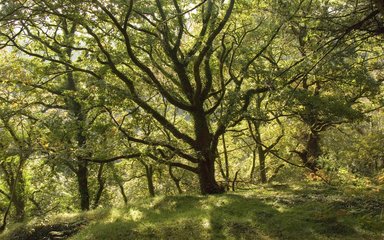
A natural pioneer species, the silver birch seeds itself freely and is able to colonise open land. It is found throughout England on light, dry soils and is a valuable conservation species. Despite its graceful appearance and drooping branches, it is one of the country's hardiest trees.
Silver birch facts and figures
- living up to 120 years in the wild, silver birch (Betula pendula) usually grows to around 15m tall.
- silver birch is native to Northern Europe.
- woodpeckers often nest in the trunks of silver birch.

Silver birch identification tips
Heading out into the forest? Here are some top things to look for when trying to spot a silver birch:
- bark: silvery-white in colour and papery to touch, with rough black patches near the base.
- seeds: catkins break into scales and small winged seeds in the autumn.
- leaves: small and oval with pointed tips and saw-toothed edges, which turn yellow before falling.
- twigs: thin and smooth with smooth, dark 'warts'.
How silver birch is used
Its pale, smooth timber is a hardwood whose uses include plywood production, wooden backs for brushes and also toys. Traditionally birch was used to make bobbins and reels for the cotton industry.
On a lesser scale, birch twigs are cut to make horse jumps and besom brooms (like the ones witches use in story books).

Did you know? In the past, the supposed sacred properties of the silver birch made it useful for expelling evil spirits from delinquents!
Silver birch and future forestry
Silver birch is known as a 'pioneer' species great for establishing new woodland. A hardy tree, and deep rooting, it can act as a 'nurse' tree in mixed woodlands to protect other more delicate young trees as they grow and draw up nutrients from deep in the soil.
With climate change, the species may become vulnerable to drought in drier areas. However the use of silver birch in forestry has increased over recent decades, and this is likely to continue.

